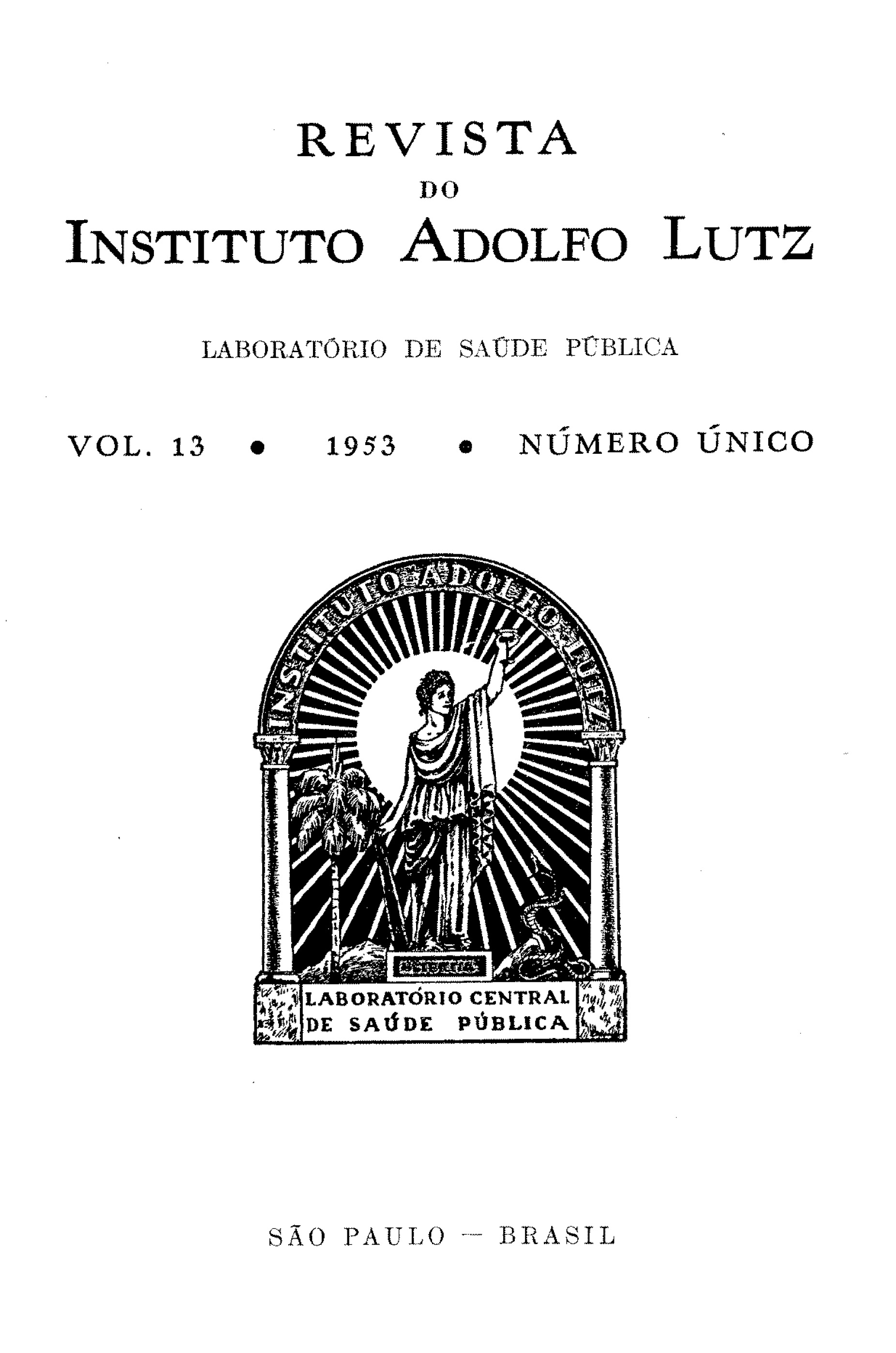Abstract
"Patauá" oil, extracted from the palm's fruit Oenocarpus bataua, Mart., is an excellent edible oil, with agreeable taste and odor, and a very good digestibility. This oil has a striking resemblance to olive oil, both in its organoleptic properties as in its characteristics and chemical composition. Until lately, there was no .possibility of establishing any difference between olive oil and "patauá" oil. Now, by the squalene determination, the distinction of these oils has become possible. Eight samples of "patauá" oil were analyzed (Table 2) and it was observed that their characteristic properties are similar to those of olive oil, except for the squalene content (Table 3). The squalene determination was performed on 60 samples of olive oil and the results (Table 5) show that the squalene content is very high (max. 635, min. 300 mg/100g) whereas in "patauá" oil almost no squalene could be found (max. 17, min. 6). Mixtures of both oils were prepared and analysed. The characteristic properties, exception for the squalene content, showed that such mixtures could be taken for pure olive oil (Table 4).
References
1. BERNSTEIN, R. - 1949- Em defesa do óleo de patauá. Rev. Bras. Farm:31 : 311-317.
2. BOLTON-1928 - Oils, fats and fatty foods.
3. BOLTON e HEWER - 1917- Brazilian oil seeds. Analys. t42:35-45.
4. CARVALHO, J. BERTINO- 1929- Oil and Fat Ind.6 : 11. Citado por G. S. Jamieson, In Vegetable fats and oils. 2d ed., New York, Reinhold, 1943; p. 139.
5. CERQUEIRA, L. C. - Os óleos de bacaba e de patauá como sucedâneos do azeite de oliveira. Anais do I Congresso Nacionalde Oleos,1927;p. 100-104.
6. CHAVES, J. M. e E. PECHNIK- 1947- Pesquisa sôbre a constituição dos óleos de patauá e bacaba. Arq. Bras. Nutrição3: 7-16.
7. FITELSON, J. - 1943- Detection of olive oil in edible oil mixtures. J. Assoc. Off. AgI'. Chem, 26:499-506.
8. FREISE, F. W. - 1929- Some little known oil plants of Brazil. Seijensieder Ztg. 56:319-321. Resumo em Chem. Abetracis, 1930, 24:1238.
9. GRIMME- 1910- Chem. Rev. Fett Harz Ind.,p. 233. Citado por G. S. Jamieson, In Vegetable fats and oils. 2d ed., New York, Reinhold, 1943; p. 139.
10. HILDITCH,T. P. - The chemical constitution of natural fats. London, Chapman & Hall,1941.
11. INSTITUTO ADOLFO LUTZ- Métodos de análises bromatológicas: Análises químicas. São Paulo, Rev. Tribunais, 1951.
12. JAMIESON,G. S. - Vegetable fats and oils. 2d ed., New York, Reinhold, 1943.
13. JAMIESON e McKINNEY- 1934- Pataua palm oil. Oil and Soap 11 : 217-218.
14. LACERDA,A. - 1941- Constantes físicas e químicas de alguns óleos comestíveis do Brasil. Rev. Soc. Bras. Quim.10:153-159.
15. PESCE,C. - Oleaginosas da Amazõnia. Belérn, Rev. Veterinária, 1941.
16. PINTO,G. PEREIRA- 1951- O óleo de patauá. Bol. Tee. Inst. Agron. Norte 23:67-77.
17. SILVEIRA,L. - 1941- Do índice de Bellier dos óleos comestíveis brasileiros. Rev. Soc. Bras. Quim. 10:146-152.

This work is licensed under a Creative Commons Attribution 4.0 International License.
Copyright (c) 1953 Instituto Adolfo Lutz Journal
